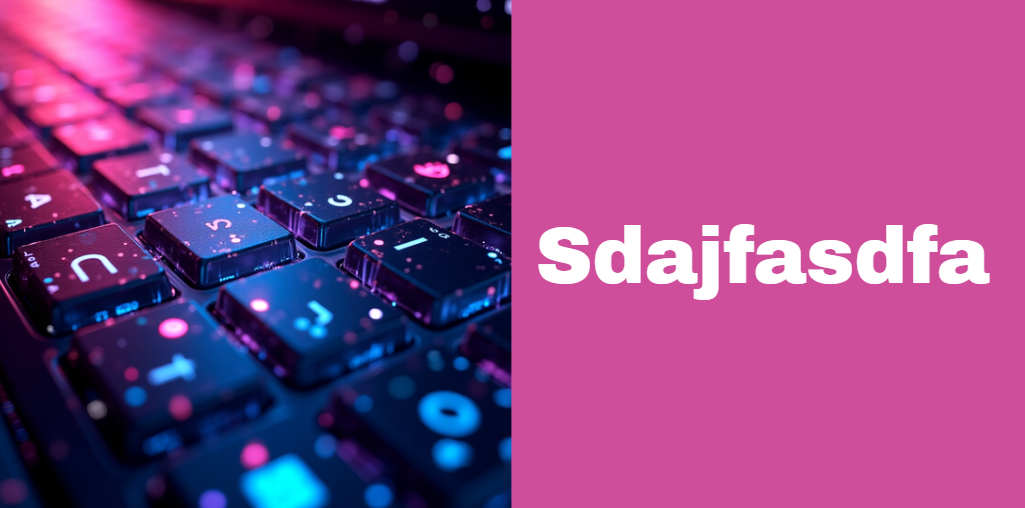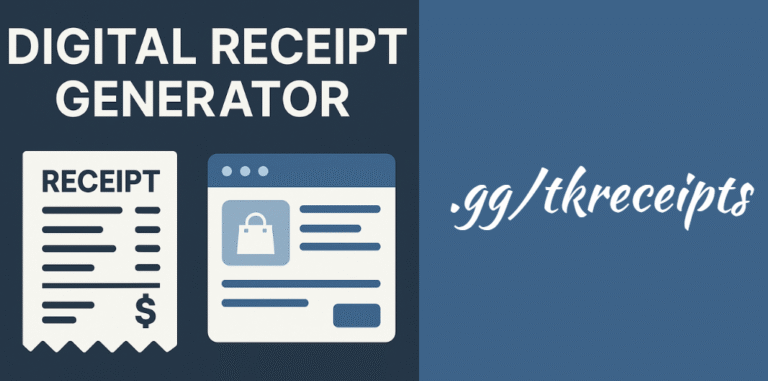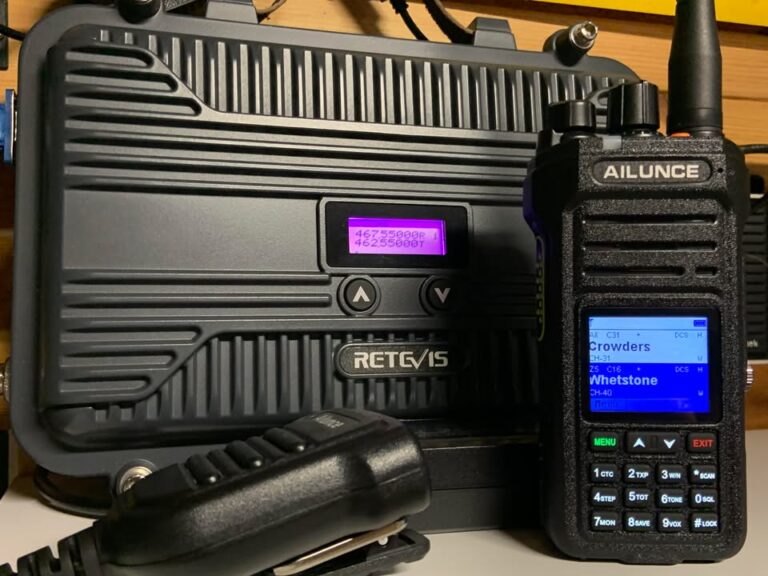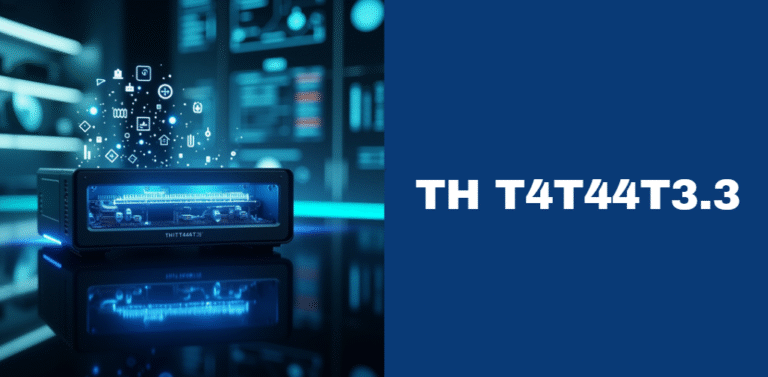What Is “Sdajfasdfa”? Exploring the Meaning, Usage and Digital Relevance of a Random String
“Sdajfasdfa” appears at first glance to be a meaningless sequence of letters. But it holds a unique place as a symbolic representation of how randomness can become notable. It often reflects an unintentional key press, a placeholder string, or a testing input used in digital development.
Over time, such strings evolve into parts of internet folklore, standing as examples of how meaningless content can still carry significance based on context.
Origins and Nature of “Sdajfasdfa”
The string “sdajfasdfa” doesn’t have a dictionary definition, linguistic background, or any formal origin. However, its structure suggests something familiar: a random act of typing using the left hand, primarily on the middle row of a QWERTY keyboard.
When people quickly type to express emotion—be it frustration, excitement, or boredom—they often hit keys randomly. “Sdajfasdfa” is likely a result of that. Its mixture of “s,” “d,” “a,” “j,” and “f” comes from nearby keyboard keys, making it a classic case of what’s known as a keyboard smash or keyboard spamming.
Cultural Relevance and Viral Potential
Even though “sdajfasdfa” might have started as random noise, such terms have occasionally gone viral. Keyboard mashes are increasingly part of digital expressions and meme culture. On platforms like Twitter or Reddit, users often post strings like “asdfghjkl” or “sdajfasdfa” to visually depict a rush of feelings.
Why do such terms go viral?
- Relatability: Everyone has typed random characters at some point.
- Authenticity: It feels unfiltered and real.
- Humor & Aesthetic: There’s something oddly humorous about seeing and repeating gibberish.
- Pattern Recognition: Our brains naturally look for meaning—even in chaos.
Real-Life Usage in Technology and Content
Beyond humor, strings like “sdajfasdfa” are commonly used in real-world applications, especially in tech environments. Developers, UI/UX testers, and data engineers may use random strings as dummy data. These help test how systems react to input, check form validations, or populate database entries.
Use Cases Table
| Context | Purpose of “sdajfasdfa” |
|---|---|
| Software Testing | Used as mock input to check system robustness |
| Database Seeding | Populates fields with filler text |
| Web Design Templates | Tests how UI elements react to unknown string formats |
| SEO Strategy Testing | Experiments to see how search engines index random terms |
| Meme & Chat Platforms | Expresses raw emotion or humor without words |
In this sense, “sdajfasdfa” serves a useful technical role. It helps identify bugs, UI overflow issues, and improper data handling.
Comparison with Similar Strings
“Sdajfasdfa” isn’t alone in its strange popularity. Other gibberish sequences have also found their niche. Let’s compare:
Comparison Table
| String | Likely Intent | Common Use |
|---|---|---|
| asdfasdf | Classic keyboard mashing | Emotion, boredom, placeholders |
| qwertyuiop | Top-row spam | Casual frustration expression |
| lkjhgfdsa | Reverse spam | Joke or playful input |
| sdajfasdfa | Mid-row left-hand mashing | Technical or meme usage |
This comparison shows that such strings, while random, follow recognizable keyboard patterns that resonate across different internet communities.
Psychological and Cultural Insights
“Sdajfasdfa” might not look like much, but it tells us something deep about human behavior online. In moments where words fail or feel excessive, people turn to key-smashing as a form of non-verbal digital expression. It’s the equivalent of a sigh, scream, or laugh in typed form.
The phenomenon of assigning meaning to nonsense is part of a broader field called apophenia—our brain’s tendency to perceive patterns or connections in random data. “Sdajfasdfa” may be meaningless, but if used often enough in emotional contexts, it starts to feel meaningful.
Implications for Developers and Content Creators
While strings like “sdajfasdfa” are harmless in casual settings, using them in development or marketing requires caution. If such strings are left in production code, they might:
- Confuse end users.
- Cause indexing issues on search engines.
- Damage brand professionalism.
However, in controlled experiments, they can be quite helpful. For instance, SEO analysts might publish a page titled “sdajfasdfa” to test how fast and accurately search engines like Google crawl and rank that content.
Could “Sdajfasdfa” Become a Brand or Meme?
Interestingly, many viral trends begin as jokes or randomness. If “sdajfasdfa” continues to circulate on forums or becomes a trending hashtag, it could be adopted in branding, art, or product naming. Just like how nonsense names like “Google” or “Yahoo” once sounded strange, “sdajfasdfa” could evolve into:
- A quirky product or tech tool name.
- An inside joke within a developer community.
- A meme series or comic strip on digital chaos.
Conclusion: The Meaning in the Meaningless
In the end, “sdajfasdfa” is a reminder that even the most seemingly irrelevant things on the internet can spark thought, analysis, and creativity. Whether used as a filler, a meme, or a testing tool, it reflects human nature in digital form: spontaneous, expressive, and endlessly curious.
So, next time you come across a strange string like “sdajfasdfa,” remember—behind every keystroke lies a story, even if it’s typed in gibberish.
Recommended Articles
Explore Artsusshop.com – Your Complete Guide to Art, Supplies and Custom Creations
How to Use 1.5f8‑p1uzt: The Complete Guide for Developers, Designers & Tech Teams
The Inspiring Story of Caibo Simon Toto Bethzart: Venezuelan Musical Icons of Modern Folk Fusion
Unlocking “gmrqordyfltk”: Meaning, Uses and the Rise of a Multi-Function Identifier






